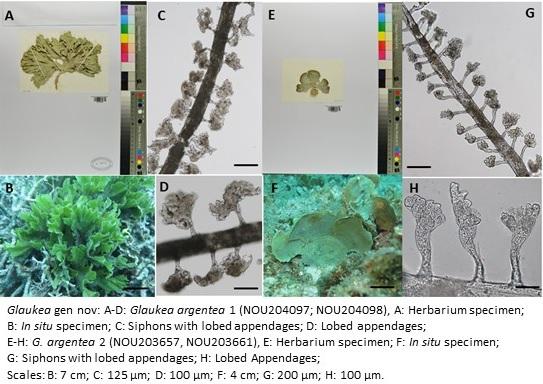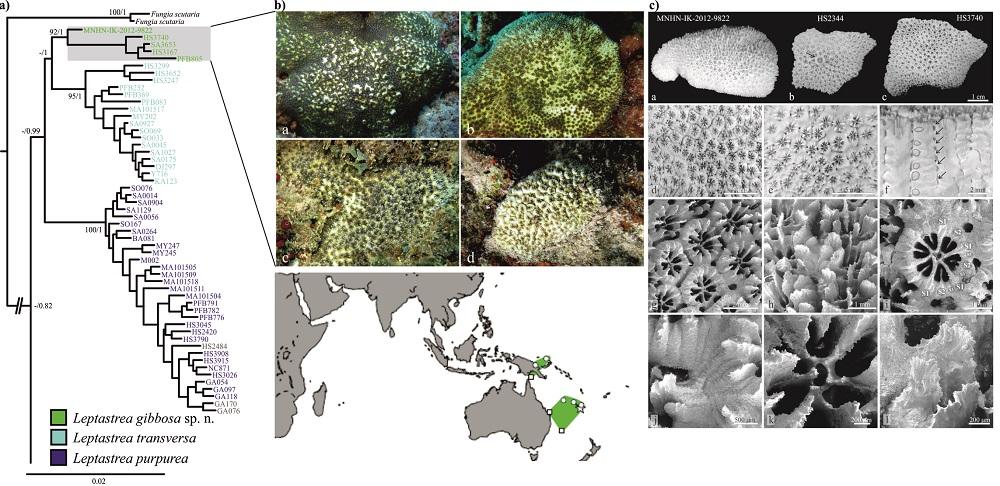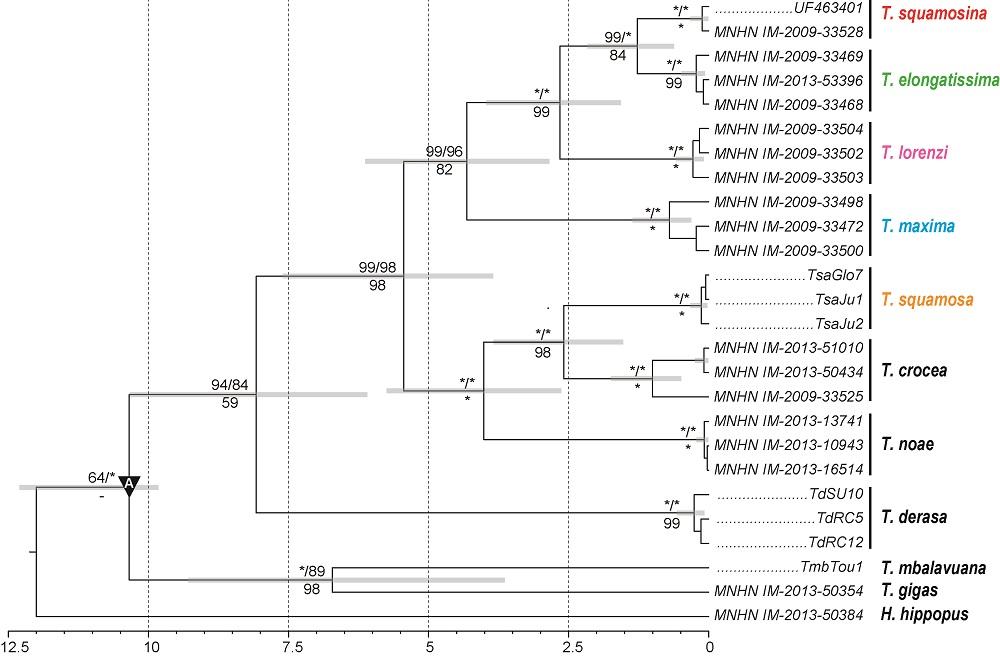From a geomorphological point of view, Kavieng is a diversified reef complex, with a partially submerged barrier reef, fringing lagoon and oceanic reefs, lagoon reefs with or without islands, channels and passes of very variable width, and a lagoon of average depth around certainly 15 meters deep. All this is subject to a multi-factor gradient structured by freshwater inputs, exposure to east wind and west storms, and tidal currents. The richness in habitat is significant, with about a hundred different habitats. This is comparable to Madang, except that the type of habitats and their extent were very different in Madang. The detailed comparison of these 2 reef complexes of the Bismarck Sea is still in progress.
In general, the specific wealth is lower than that observed in Madang. On the other hand, as in Madang, there is a very low abundance of individuals for most species. The results show a relatively low recovery of specific wealth between Madang and Kavieng. The main reason is the very different nature of habitats between the two regions.
The marine flora is dominated by Chlorophya (green algae) which represent 61% of the specimens, while Rhodophyta (red algae) total 30% and Phaeophycea (brown algae) represent only 9%. Among the Chlorophyta, the order Bryopsidales is particularly well represented with the genera Halimeda and Caulerpa which have 23 and 15 species respectively, the Udoteaceae family counts seven genera including two new genera (Glaukea gen. nov and Ventalia gen. nov) currently being described and about ten species including several new ones for science. (Lagourgue et al, 2020; Lagourgue and Payri, under revision).

The family Rhipiliaceae is composed of two genera, one new genus and four species, two of which are new (Lagourgue et al, 2020; Lagourgue and Payri, under revision) and finally the family Dichotomosiphonaceae with one genus (Avrainvillea) and four species currently being described. For red algae the Rhodymeniales (Asteronemia, Rhodymenia), the Nemaliales with the genus Gibsmithia containing several new species under description, the Gigartinales the Galaxauraceae (Galaxaura, Dichotomaria) and the Delesseriaceae are well represented and certainly contain several new species.

Finally, the Phaeophyceae are dominated by the order Dictyotales with the genus Lobophora, which contains eight species, four of which are new and two not yet described (Vieira et al, 2019). The current results on marine flora collected in this region support the idea that the coral triangle, or more broadly the central Indo-Pacific, is the cradle of the diversity of many genera including the Lobophora. Further sampling is still needed in this region to fully explore the extent of this diversity, which should be more extensive. More generally, these studies highlight what little we know about the diversity of marine flora in this region of the coral triangle of which PNG is a part.

The coral collection consists of 437 specimens, many of which are typical material of new species deposited at the MNHN. The collection contains about 166 species, including five new species: a new species of Leptastrea, Leptastrea gibbosa n. sp. also found in Australia and New Caledonia;

Two new species of Leptoseris, one also found in New Caledonia, Australia, Madang and Mayotte and the other limited to the Coral Triangle; and two new species of Cyphastrea, both also found in Japan and New Caledonia. Finally, the genus Porites was the subject of a monograph including specimens from the Bismark Sea. Four new species of gallic crabs associated with corals (family Cryptochiridae) are also being described. As for other invertebrates, 16 species of holothurians have been recorded. Work on the other organisms is still in progress.
For giant clams, genetic analyses carried out on samples from Kavieng revealed the presence of a clam species newly described in Taiwan in 2014, Tridacna noae, whose range could thus be better defined (Borsa et al. 2015). The comparison of T. noae collected in Kavieng and Madang showed a strong genetic structuring of this species, linked to the biogeography of the area (Fauvelot et al. 2019). Several other clam species were also studied: the genetic sequences of samples of Tridacna crocea, T. gigas and Hippopus hippopus collected in Kavieng were used to carry out the first calibrated multigenic phylogeny of the ten known species of the Tridacna genus, enabling their evolutionary history to be elucidated (Fauvelot et al. 2020). The publication of the phylogeographic analysis of the T. maxima species is still in progress








